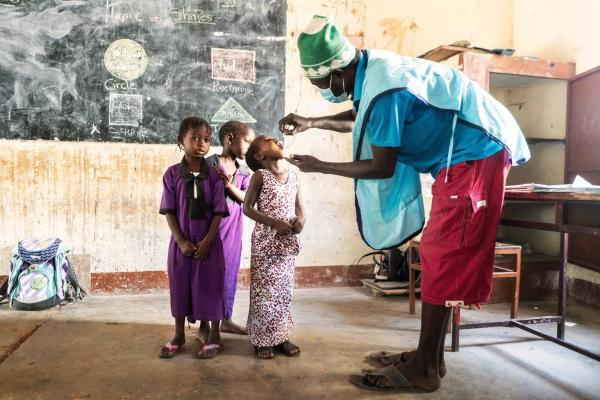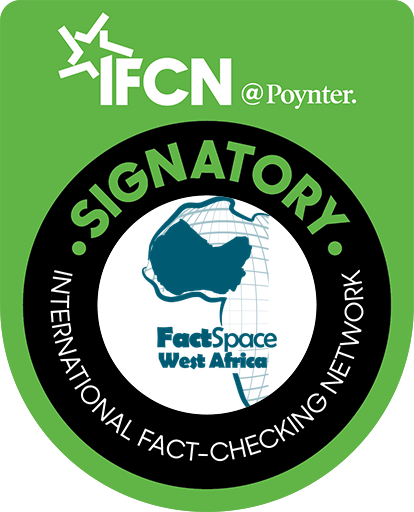Poliomyelitis popularly known as polio is a crippling disease that results from infection with any one of the three related poliovirus types – P1, P2, and P3.
The disease mainly affects children under age 5. But anyone of any age who is unvaccinated can contract the disease as well.
With no cure, “the polio vaccine, given multiple times, can protect a child for life. More than 18 million people are able to walk today who would otherwise have been paralysed, since 1988, when the Global Polio Eradication Initiative was launched,” the World Health Organization noted.
Types of Polio Vaccines
There are two types of polio vaccines including Inactivated (killed) Polio Vaccine (IPV) and Oral Polio Vaccine (OPV) and all these vaccines work effectively against all three types of poliovirus.
Inactivated Polio Vaccine (IPV) is produced from wild-type poliovirus strains of each serotype that have been inactivated (killed) with formalin.
It is an injectable vaccine.
This type of polio vaccine can be administered alone or in combination with other vaccines – that as diphtheria, tetanus, pertussis, hepatitis B, and Haemophilus influenza.
Generally, three spaced doses are administered to generate adequate levels of seroconversion, and in most countries, a booster dose is added during late childhood.
- IPV provides serum immunity to all three types of polioviruses, resulting in protection against paralytic poliomyelitis
Meanwhile, the Oral Polio Vaccine (OPV) consists of a mixture of live attenuated poliovirus strains of each of the three serotypes, selected by their ability to mimic the immune response following infection with wild polioviruses.
“But with a significantly reduced incidence of spreading to the central nervous system,” the WHO emphasized.
How the Oral Polio Vaccine works
The action of the oral polio vaccine (OPV) is two-pronged. Until recently most countries have used the oral polio vaccine.
- OPV produces antibodies in the blood (‘humoral’ or serum immunity) to all three types of polioviruses, and in the event of infection, this protects the individual against polio paralysis by preventing the spread of poliovirus to the nervous system.
- OPV strains also produce a local immune response in the lining (‘mucous membrane’) of the intestines – the primary site for poliovirus multiplication.
- The antibodies produced there inhibit the multiplication of subsequent infections of the ‘wild’ (naturally occurring) virus.
- This intestinal immune response to OPV is probably a reason why mass campaigns with OPV have been shown to stop person-to-person transmission of wild poliovirus.
Polio vaccination in The Gambia
In 2021, The Gambia declared a “public health emergency” after nine cases of poliovirus – vaccine-derived poliovirus type 2 (cVDPV2) – were confirmed.
This was after the country was declared polio-free some 17 years ago ( 2004 ).
The country has since embarked on national Polio Vaccination Campaigns, with a recent intervention targeting about 382,908 children aged 0 – 59 months.
By: Gifty Tracy Aminu




